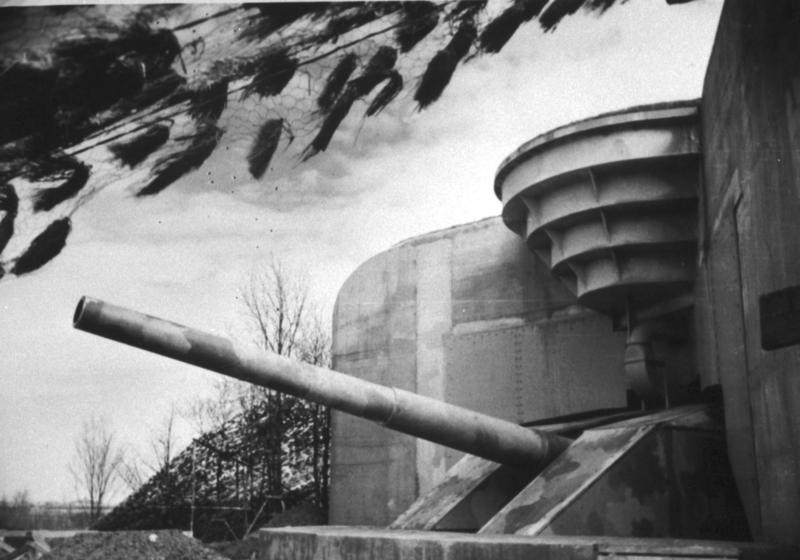Total Axis losses to the British guns consisted of four transport ships, and one submarine which was damaged and then scuttled by her crew.
Most of us have read or seen the Alistair MacLean story about the dreaded Guns of Navarone. Of course, it was a work of fiction centered on a giant shore battery that could disrupt Allied naval units and shipping, but WWII involved hundreds of these types of coastal artillery batteries.
The installation of huge artillery batteries to protect harbors and coastlines was a prevalent theme in military doctrine leading up to the outbreak of World War II. The behemoth guns were thought to be the greatest deterrent to any naval invasion or attack, but how effective were they during the war?
Coastal artillery was nothing new for nations looking to defend themselves from enemy ships and invading forces and had been employed for at least a few centuries. As time went on, these artillery batteries grew in size to include some of the largest guns ever created.
Unfortunately, during the Second World War, these installations saw limited action and accounted for insignificant amounts of damage to the ships and invasion forces they were tasked with defeating.
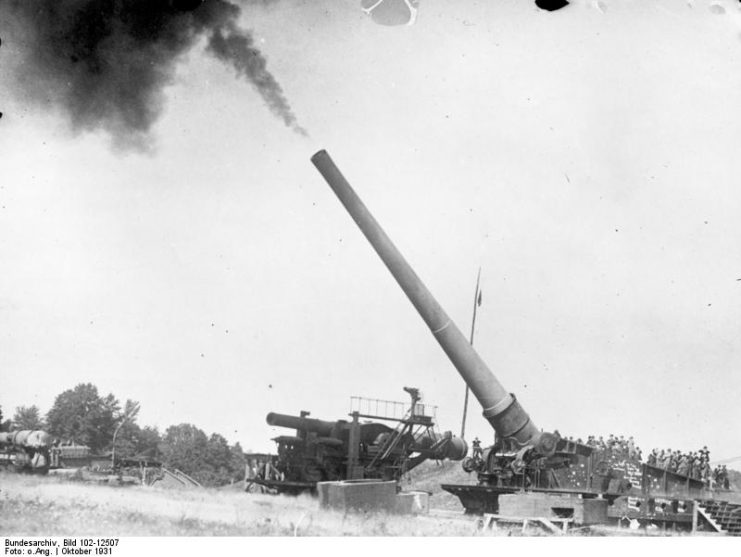
However, one could make the argument that these guns did achieve success in changing the tactics of naval and invasion campaigns centered on the harbors and coastlines where the guns existed.
Here are some of the few instances in which coastal artillery was able to inflict damage on naval forces in World War II, as well as some installations that may have had indirect success just by their existence.
The Invasion of Norway and the Sinking of the German Cruiser Blücher
In early April of 1940, the German high command made the decision to take control of Norway and began the invasion by sending naval and landing forces to seize the major ports in Norway.
The attack on Oslo included a group of two heavy cruisers, one light cruiser, two minesweepers, and one torpedo boat. The goal was to have this force land in Oslo in the early morning of April 9 and force the capitulation of the Norwegians thereby limiting casualties. The men in the coastal batteries of Oscarsborg Fortress had other ideas.
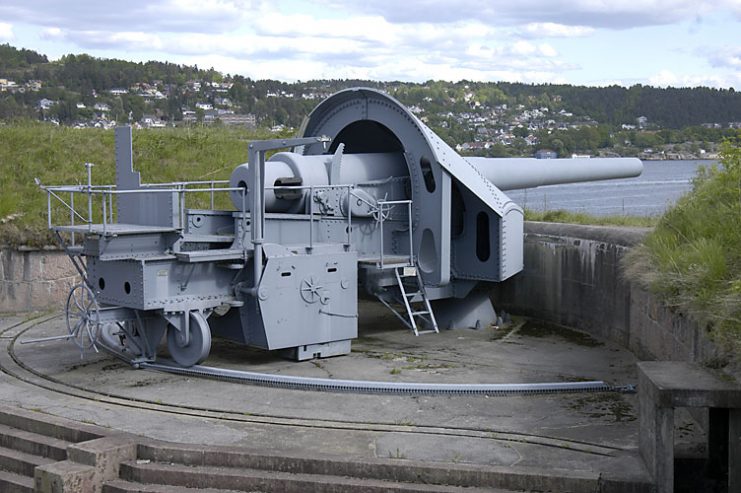
During the brief battle, two shots from the Norwegians’ 28 cm struck the lead German ship, Blücher, setting her ablaze. Two torpedoes were then fired from the fortress and scored successive hits that led to Blücher‘s sinking.
Ironically, the guns and torpedoes were German and Austrian made and decades old, yet they were able to destroy a modern German heavy cruiser without missing a shot.
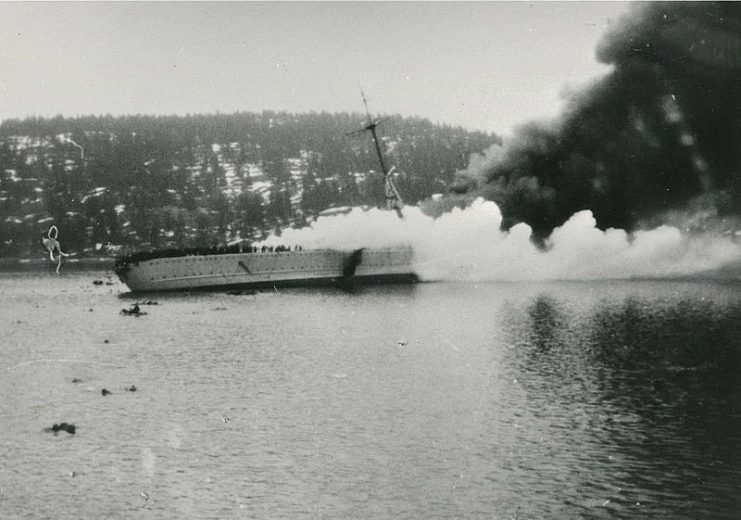
Additionally, the fortress’ 15 cm guns fired on the second heavy cruiser, Lützow, damaging one of her turrets as the remaining German ships choose to retreat back down the fjord. No Norwegian casualties were suffered during the engagement, but 450 to 600 German sailors from Blücher perished.
The success of the fortress bought precious time for the Norwegian government and monarchy to escape the city along with Norway’s gold reserves.
https://youtu.be/FQI6fzHMK_o
The Stubborn Defense of Wake Island
Following Japan’s successful attack on U.S. forces at Pearl Harbor, they set about eliminating U.S. bases within the Pacific. The small atoll of Wake Island began preparations for an inevitable invasion by Japanese forces.
Preceding the invasion force, Japanese bombers attacked the island several times from their base in the Marshall Islands. The U.S. lost eight of its twelve fighters during the bombings but did manage to shoot down a couple of the Mitsubishi G3M3 bombers on the second day.
The first attempted invasion of Wake Island took place on December 11, 1941 with a Japanese task force of three light cruisers, six destroyers, two patrol boats (converted from old destroyers), and two troop transports.
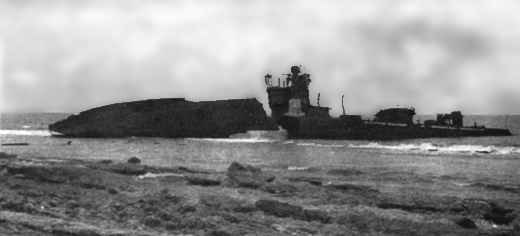
The U.S. Marine defenders at Wake used their six 5-inch coastal guns in successfully repelling the invasion force. By holding their fire until the entire fleet was well in range, the Marines were able to destroy the Japanese destroyer Hayate and land several hits on the light cruiser Yubari.
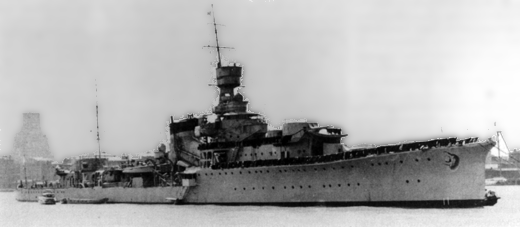
The Japanese abandoned their attempt and also lost another destroyer, Kisaragi, to U.S. aircraft when a F4 Wildcat successful dropped a 500lb bomb on its stern.
Twelve days later, the Japanese would return with more air cover from two of their carriers. They prevailed over the U.S. forces in less than one day without any additional naval losses.
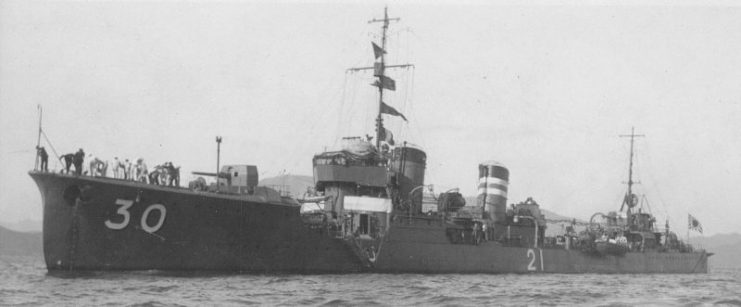
Dover Straits and Hellfire Corner
Immediately following the fall of France in 1940, the German and British forces began to reinforce coastal artillery batteries between Dover in Great Britain and Calais in France. This set the stage for a four-year artillery duel over the English Channel.
The German batteries included three 16-inch, four 15-inch, three 11-inch, and four 8.3-inch guns. Additionally, the Germans utilized long-distance rail guns to bolster their firepower.
The British contingent on its side of the Channel was just as daunting. The Dover side arsenal included two 15-inch, two 14-inch, two 9.4-inch and six 6-inch guns. They later added three 13.5-inch rail guns as well.
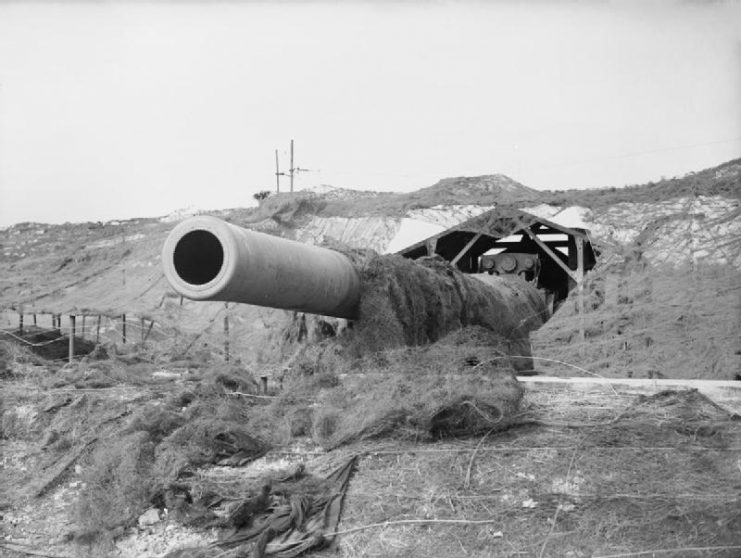
Despite all this firepower and the static locations involved, neither the Germans nor the British achieved a great deal of success in sinking opposing ships or in counterbattery efforts.
Total Axis losses to the British guns consisted of four transport ships, and one submarine which was damaged and then scuttled by her crew. The German batteries fared even worse in sinking only two transports.
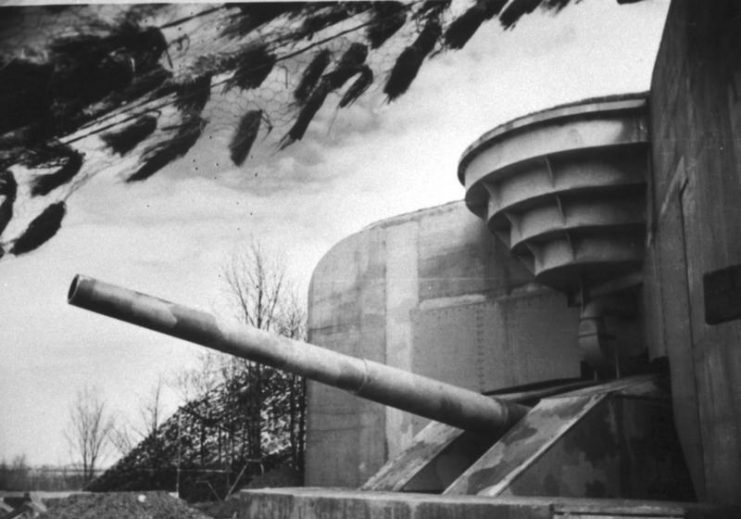
So inaccurate were the guns that the Germans ran the Dover Straits gauntlet in 1942 with the battleships Scharnhorst and Gneisenau, the heavy cruiser Prinz Eugen, and over 20 escort ships, which all passed through the area unscathed.
The British batteries never came close to hitting them, with most of the shells landing over a mile behind the German task force.
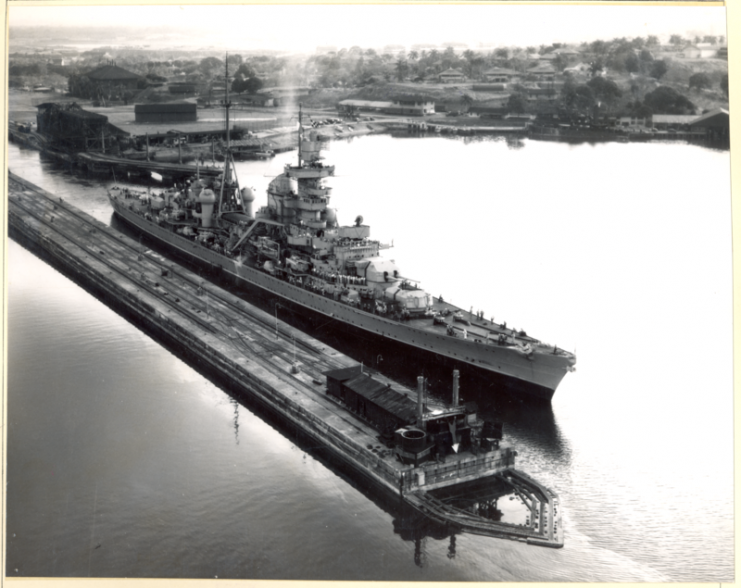
Discouraging Trespassers
Perhaps the effectiveness of coastal artillery in World War II should be evaluated more by those fortifications that weren’t assaulted directly, more than by the performance of those that were. There are some great examples of defensive structures with huge guns that “encouraged” their adversaries to take a different approach in their campaigns.
For instance, the Japanese Navy and Army and their combined air assets were superior in a number of ways in comparison to the Allied forces at the outset of war in the Pacific. Yet, at both Singapore and in the Philippines, the Japanese commanders chose to avoid the heavy artillery placed in Singapore and Manila Bay.
The choice to avoid the huge guns of these fortresses may have indeed saved some of the Japanese ships, but may have also increased their losses in the land campaigns.
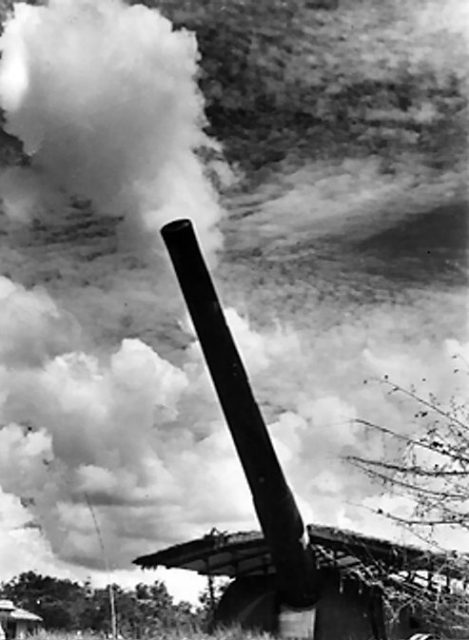
Both Singapore and the Philippines fell to Japanese land forces in short order so it is difficult to measure just how indirectly effective the coastal artillery defenses were.
In contrast, the coastal artillery fortifications at Kronstadt near Leningrad (modern St. Petersburg) might be the best example of how a coastal defense system forced invading armies to adjust their tactics.
Both the Finnish and German Armies were unable to secure a complete encirclement of or attack the Kronstadt forces successfully by sea. Even with air superiority, the German Navy chose not to risk a confrontation with the series of island forts.
Instead, the German Army attempted to attack these defenses with infantry once the Gulf of Finland froze. These attempts were summarily repelled and no further efforts were made against the Kronstadt coastal defenses.
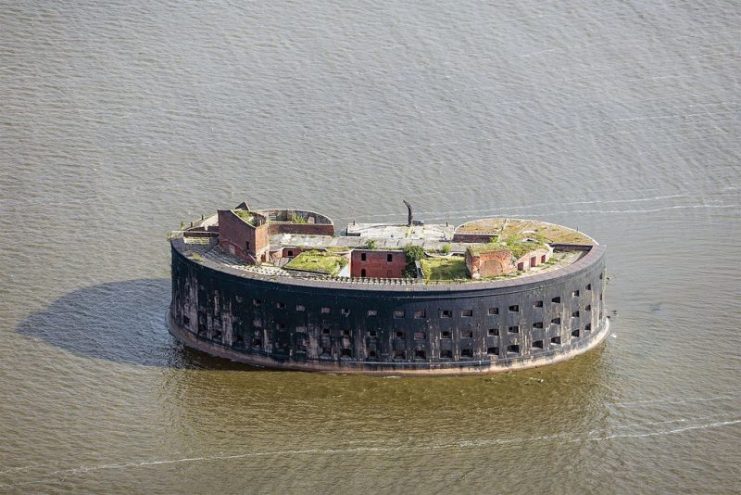
The End of the Big Gun Era
The era of the coastal artillery batteries came to an end during World War II much like their floating counterparts – the battleships. Air power became the key in nearly all facets of military doctrine and had been able to suppress or destroy heavy gun fortifications in most engagements.
Some of these behemoths of yesteryear would put up a fight on their way out, like the Japanese batteries at Tinian that scored 22 hits on the USS Colorado and six hits on one of her destroyer escorts.
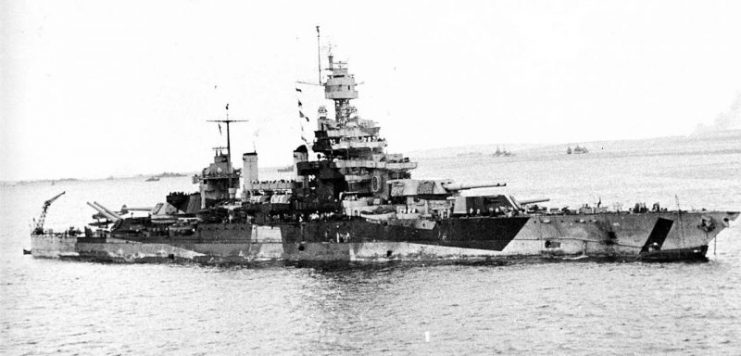
Read another story from us: Guns and Money, a WW2 Price List; Rifles and Machine-guns
All of those hits occurred in only 15 minutes. However, these coastal guns were permanently silenced and their crews destroyed within the next 15 minutes.
Jet engines, missiles, and a new, more fluid approach to warfare would ultimately see the end of the use of large gun fortifications as a whole in the next decade.
